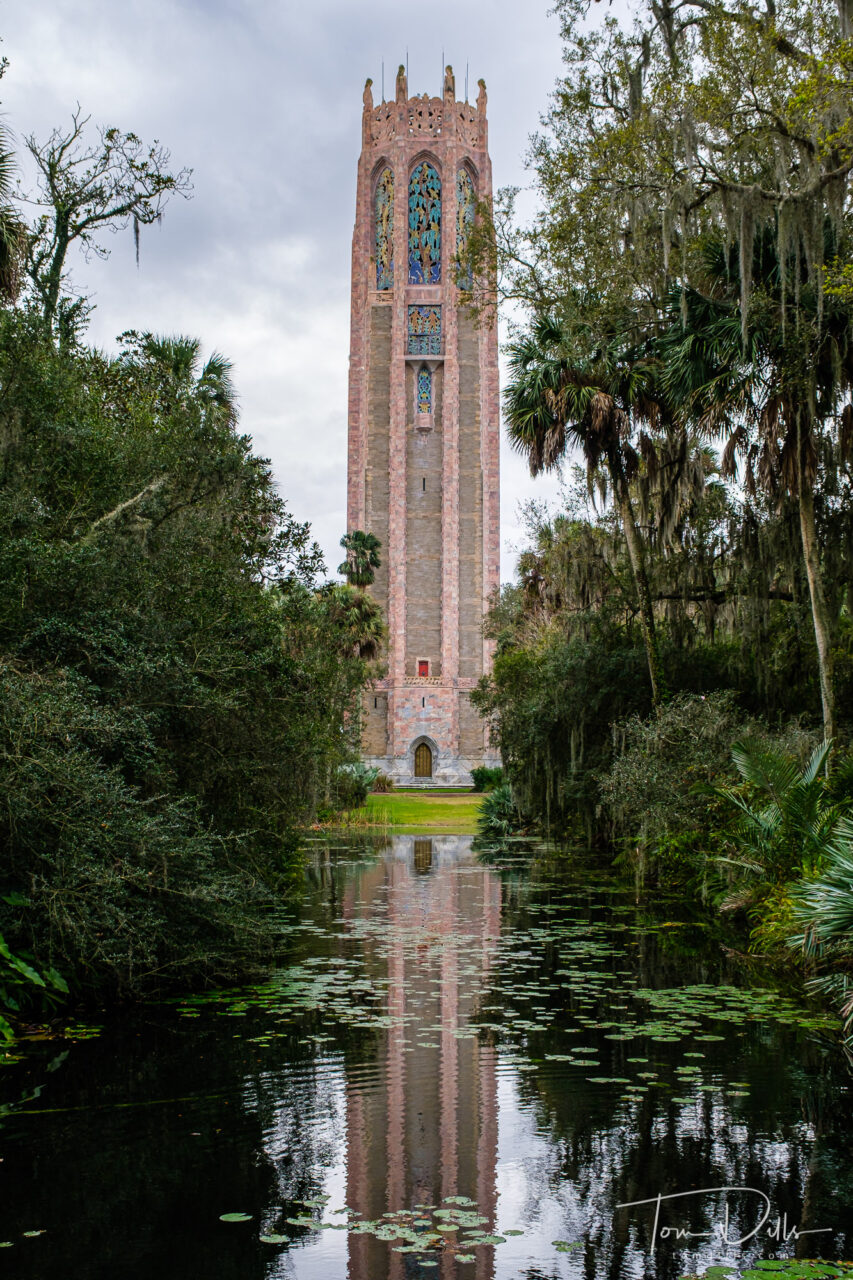
We had driven past the entrance to Bok Tower Gardens several times, but it took us until the 4th visit to our friends Bill and Cathy to actually get there. It is quite a beautiful place!
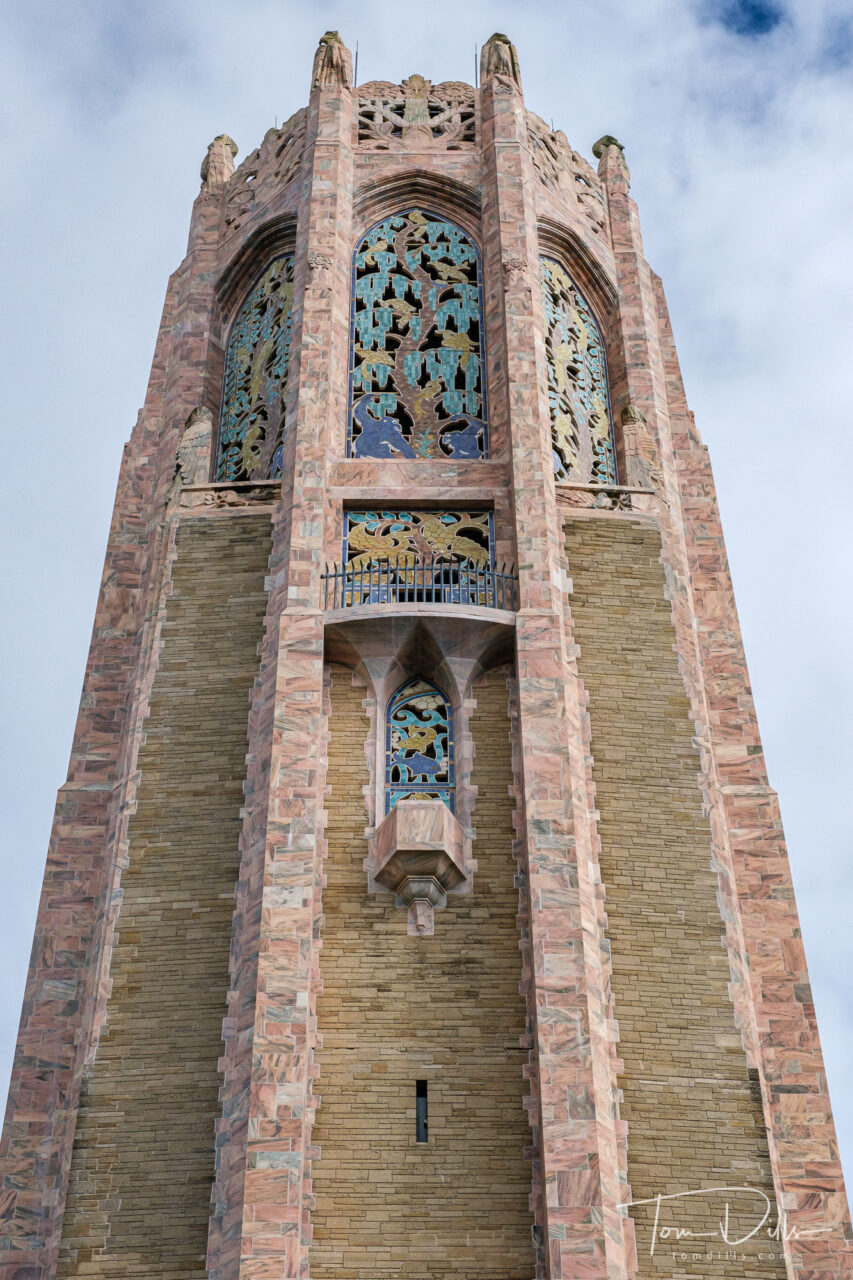
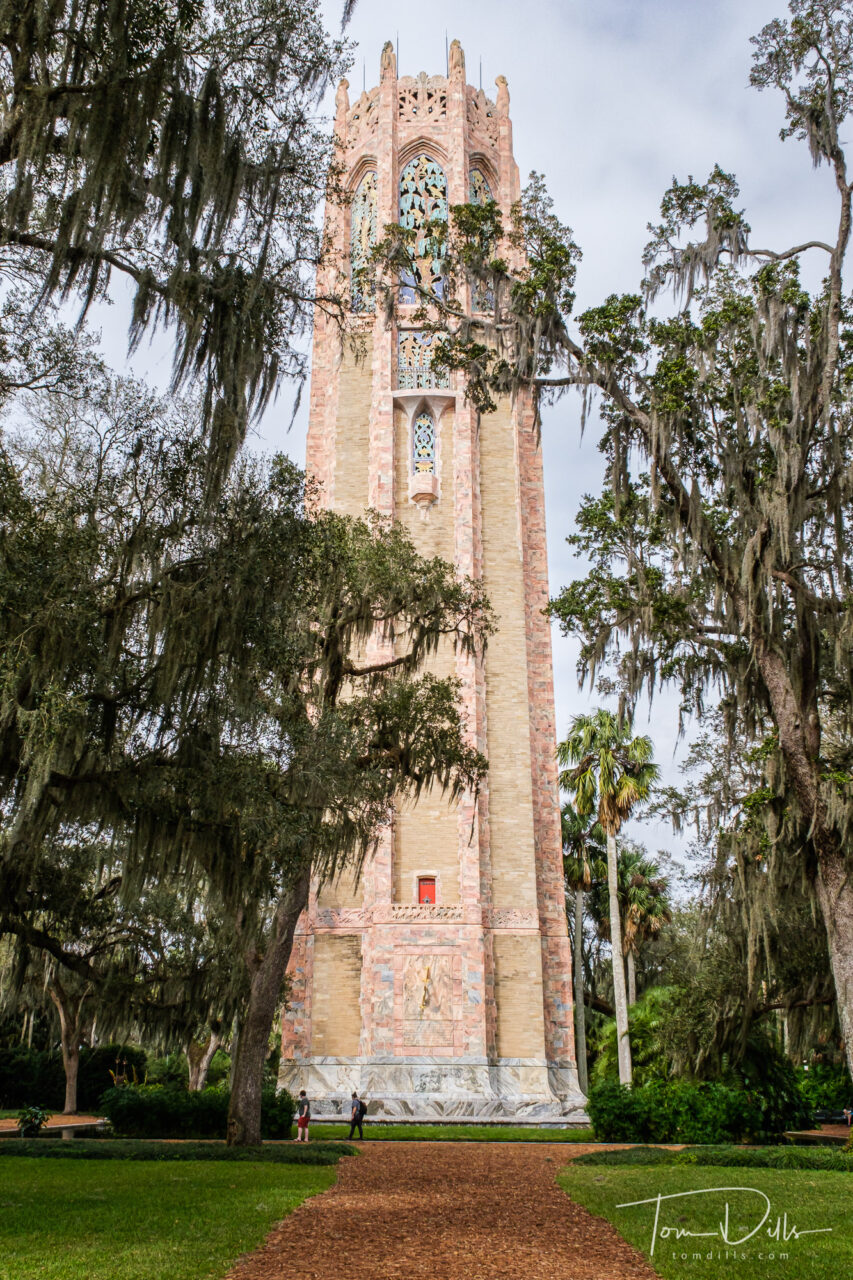
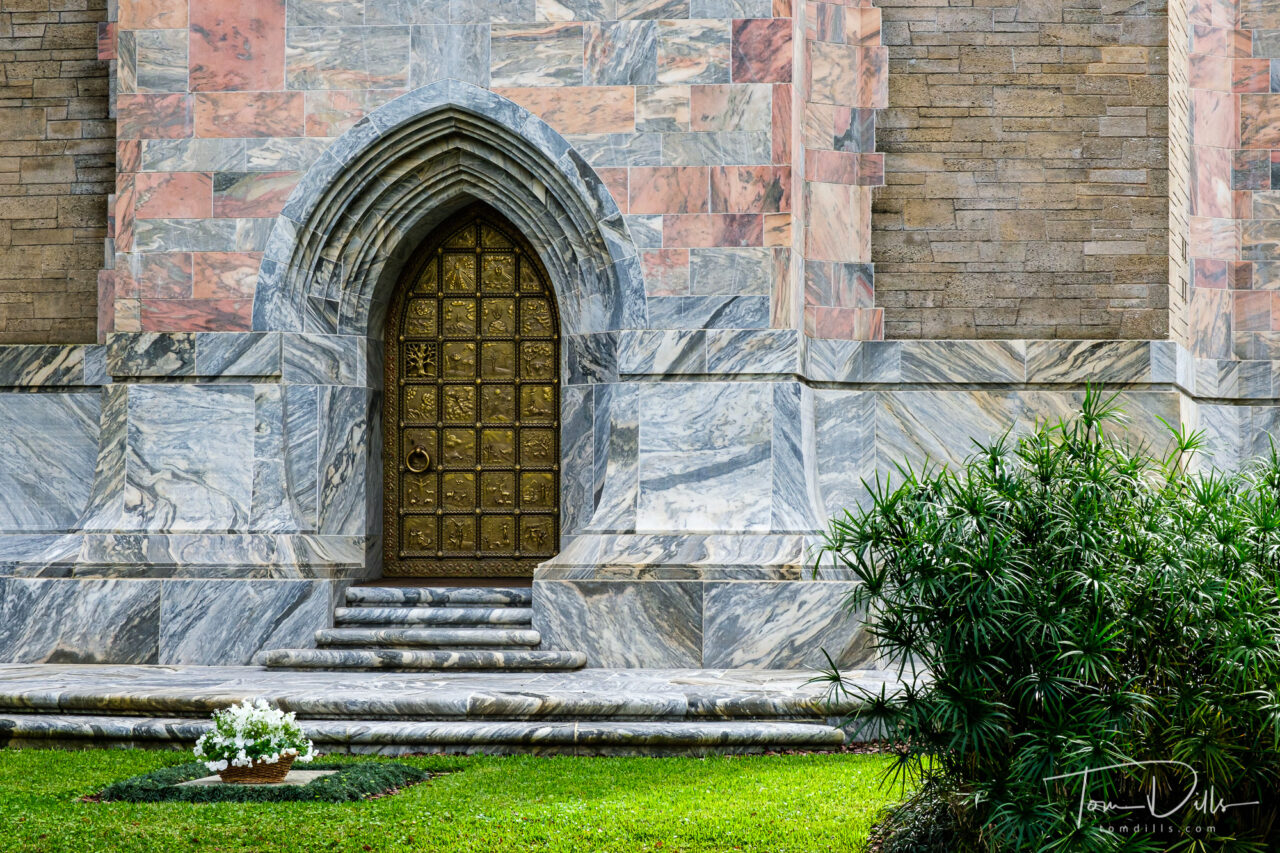
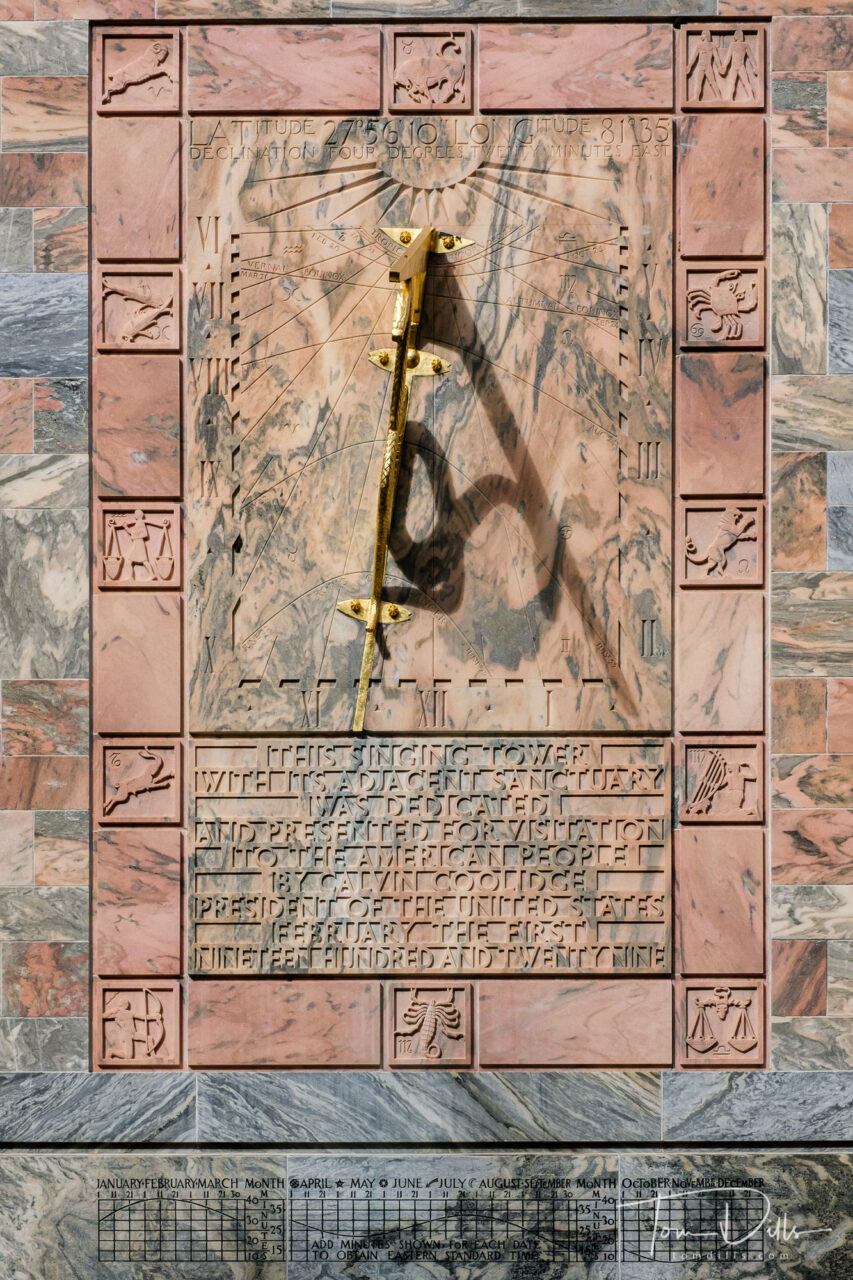
The tower and gardens are the creation of Edward Bok, who was editor of the magazine The Ladies Home Journal. Ed gets most of the credit, although it appears that the money actually came from his wife, Mary Louise Curtis Bok. Mary Louise was the only child of newspaper and magazine magnate Cyrus H.K. Curtis, founder of, among other publications, The Ladies Home Journal (coincidence? 
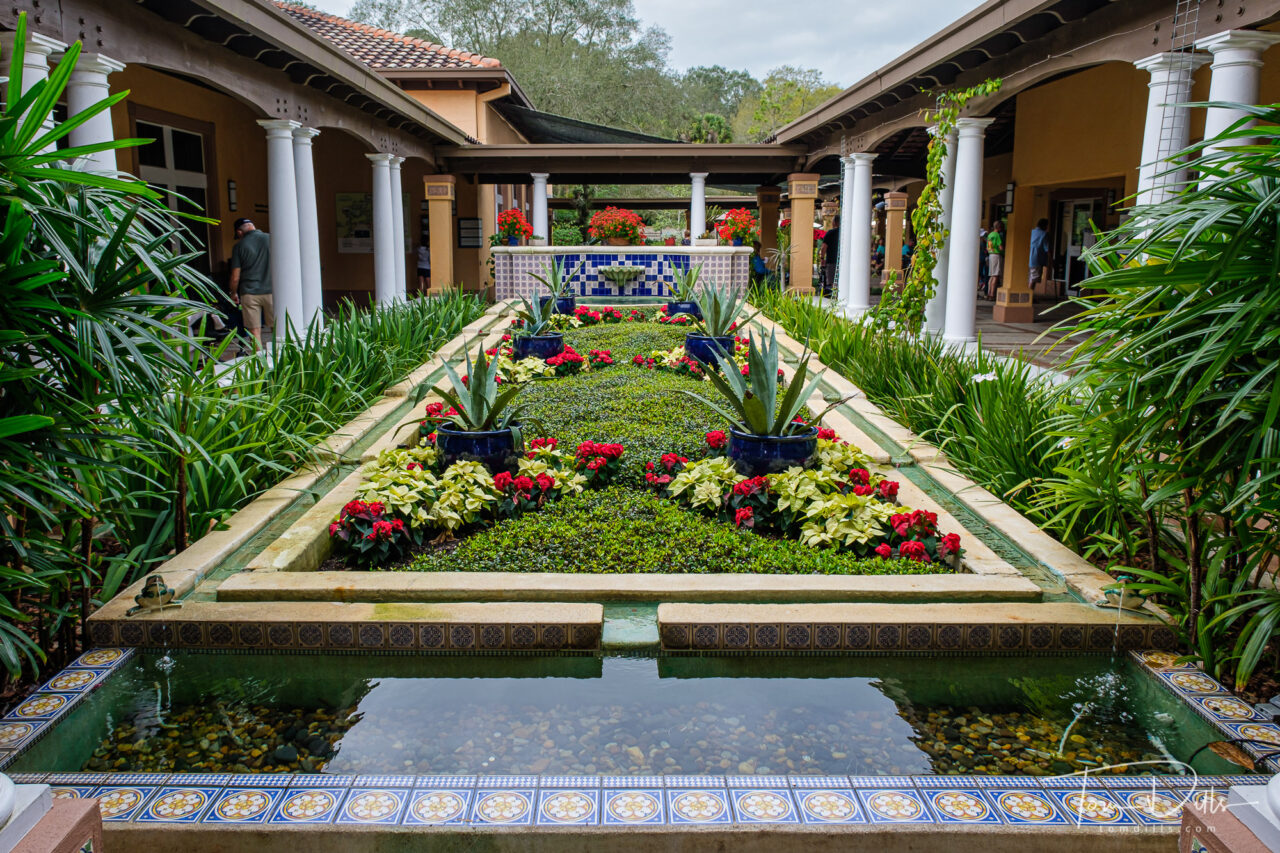
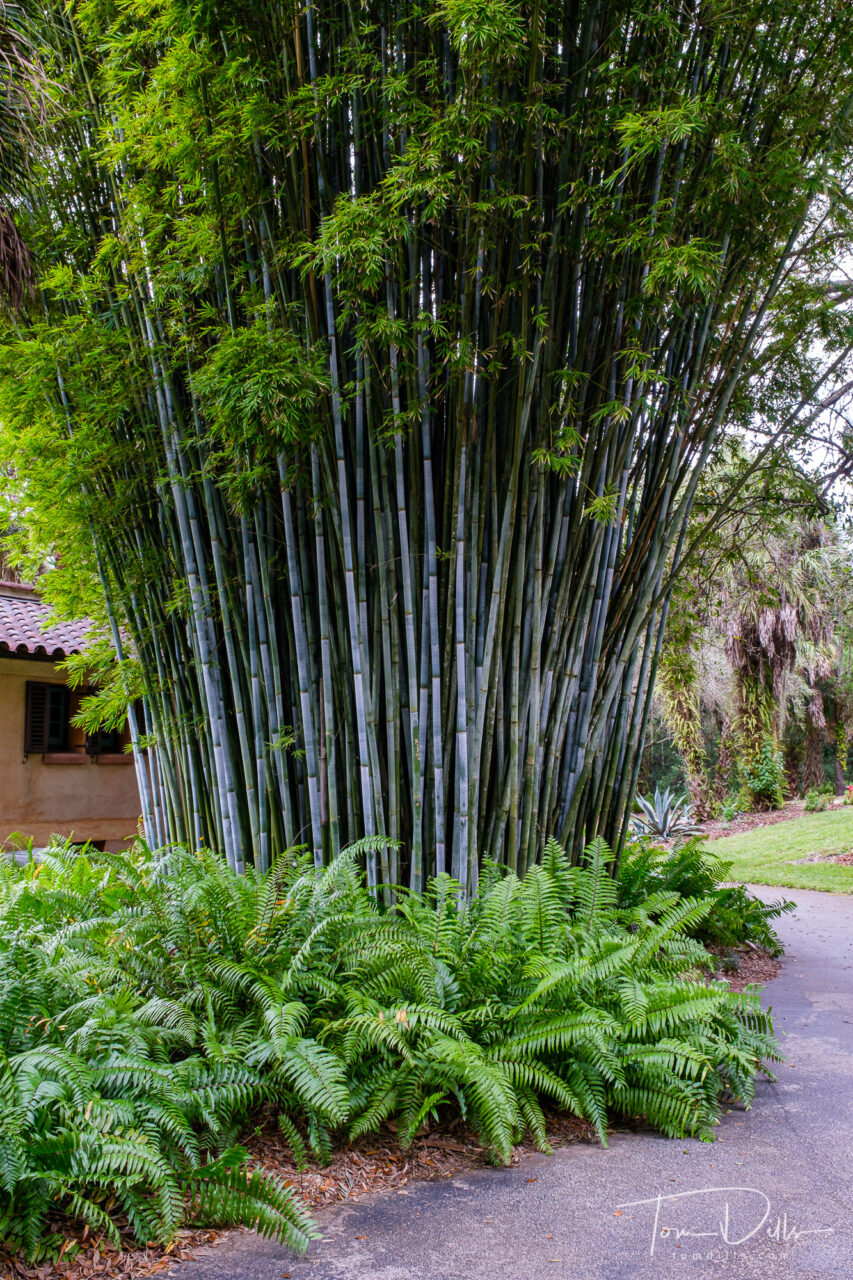
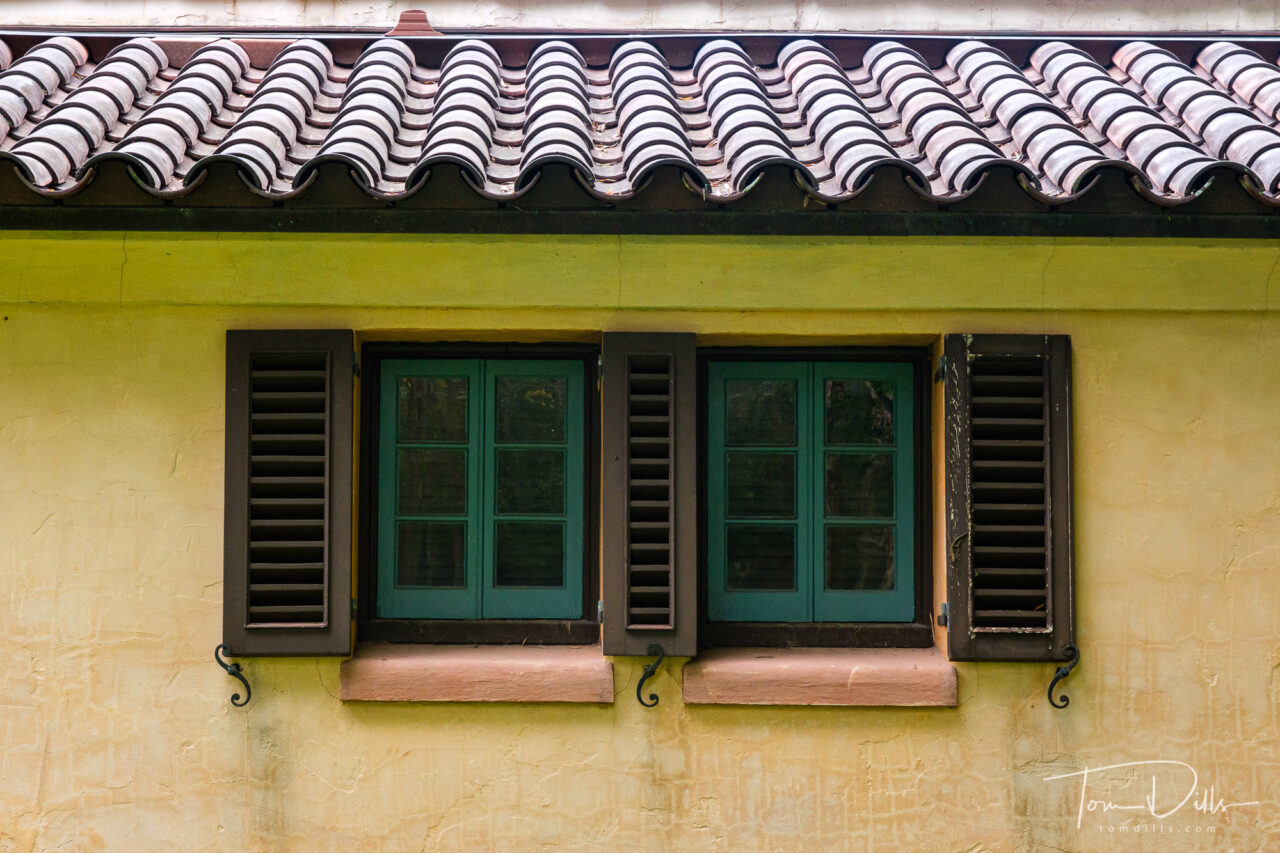
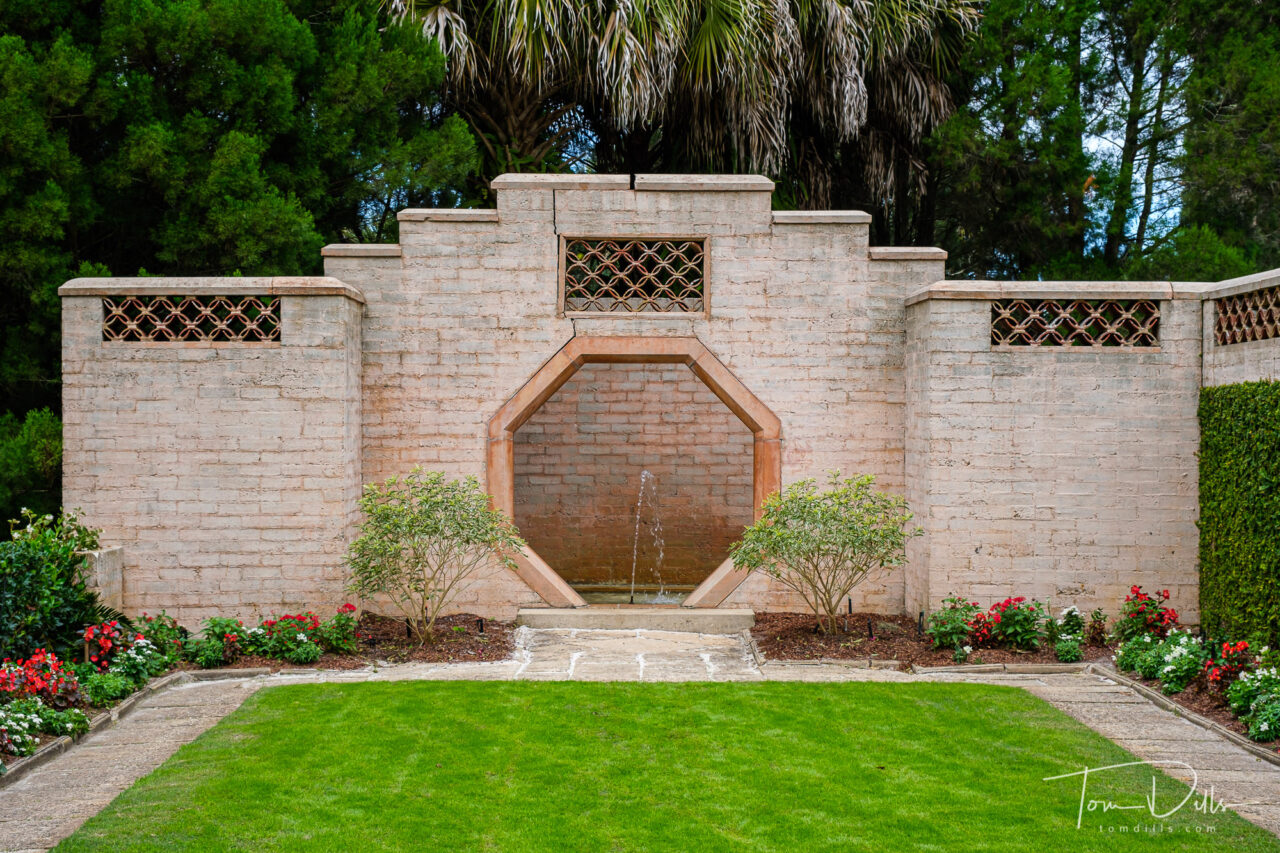
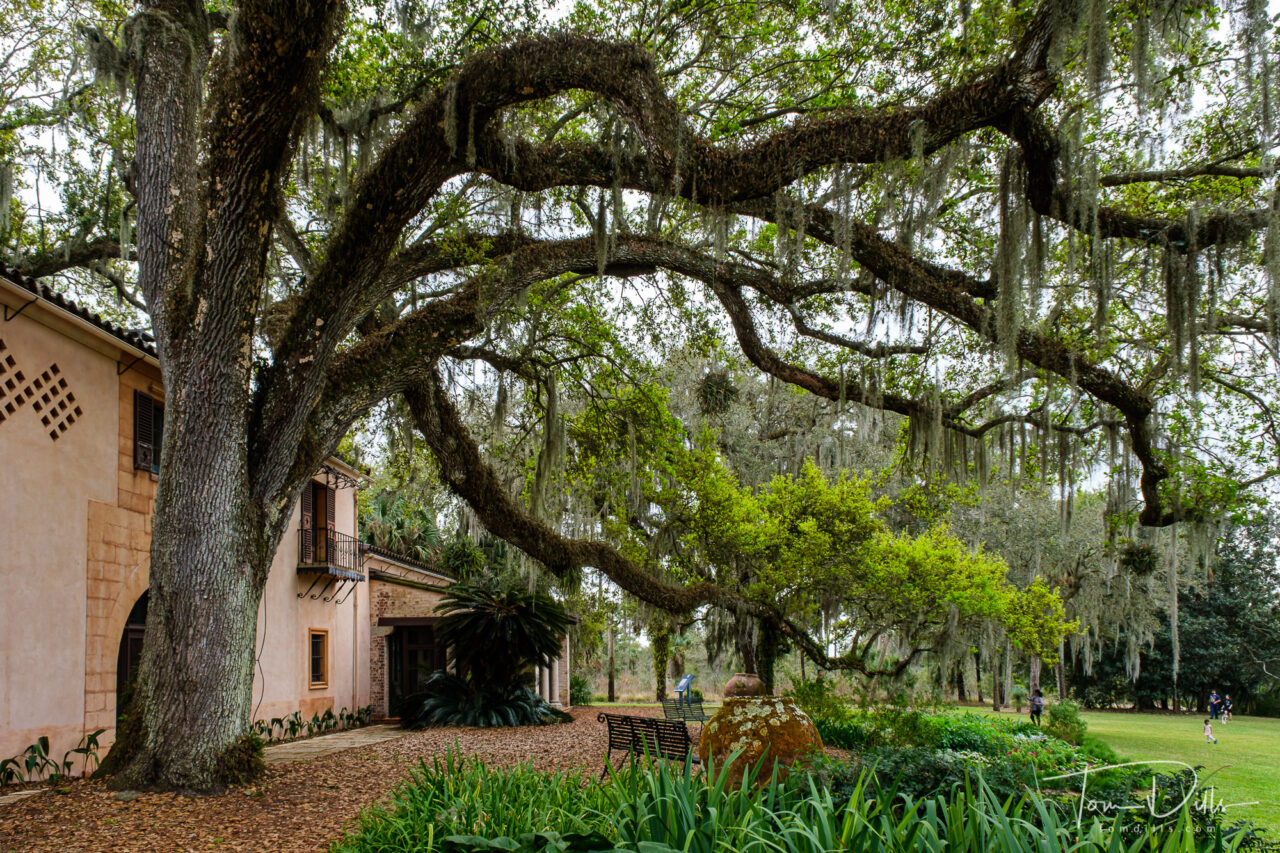
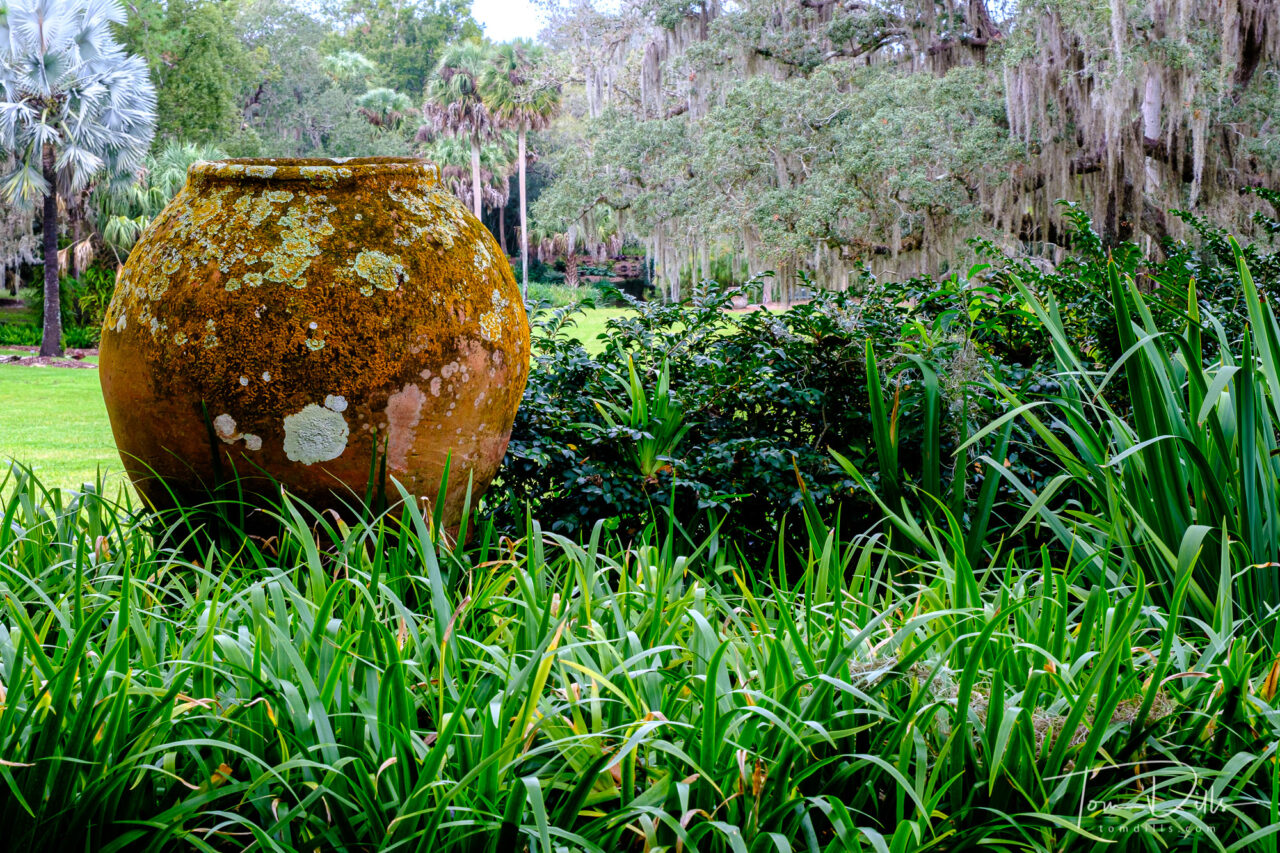
The tower and gardens are on the National Register of Historic Places and the grounds were designed by Frederick Law Olmstead, Jr., son of Frederick Law Olmstead, Sr., known for his work with the Biltmore Estate in Asheville, NC, Central Park in New York City and other important landmarks.
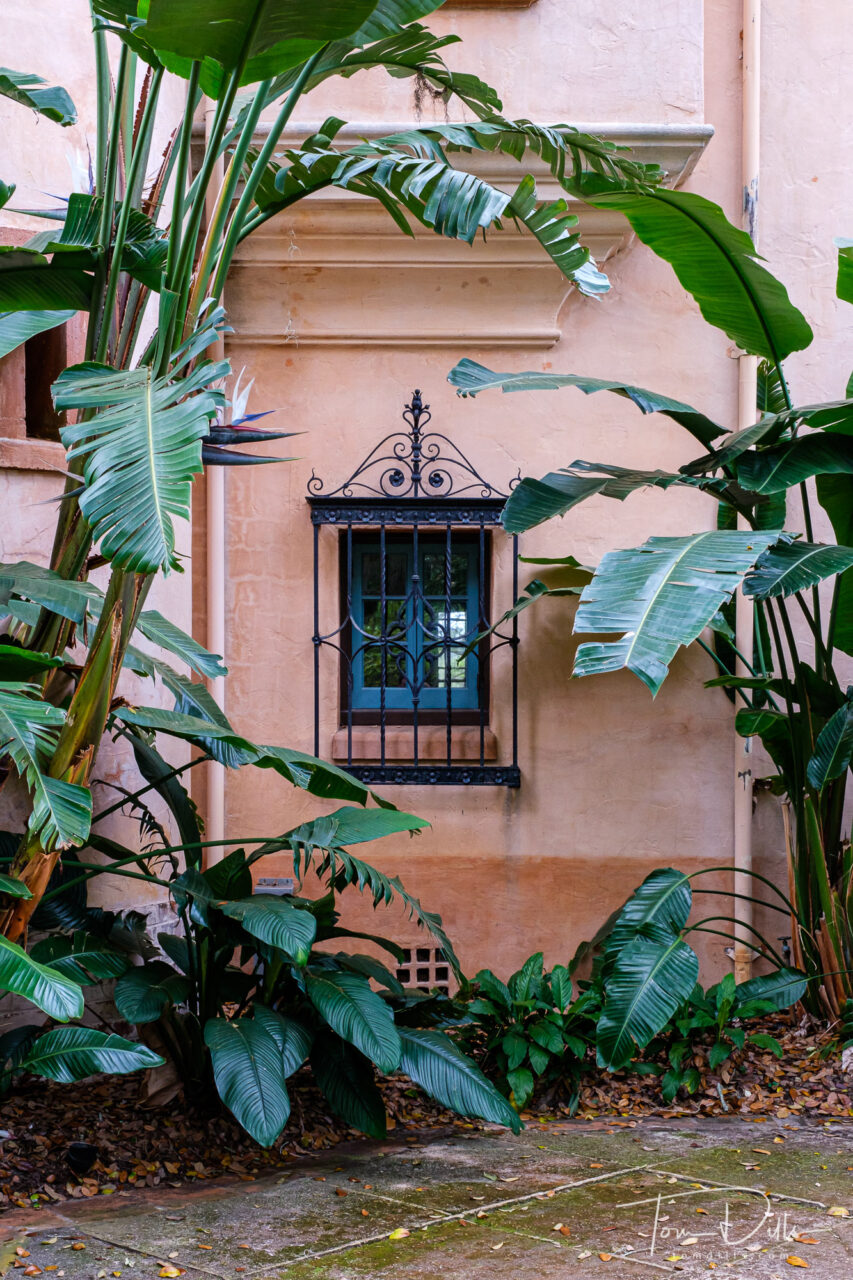
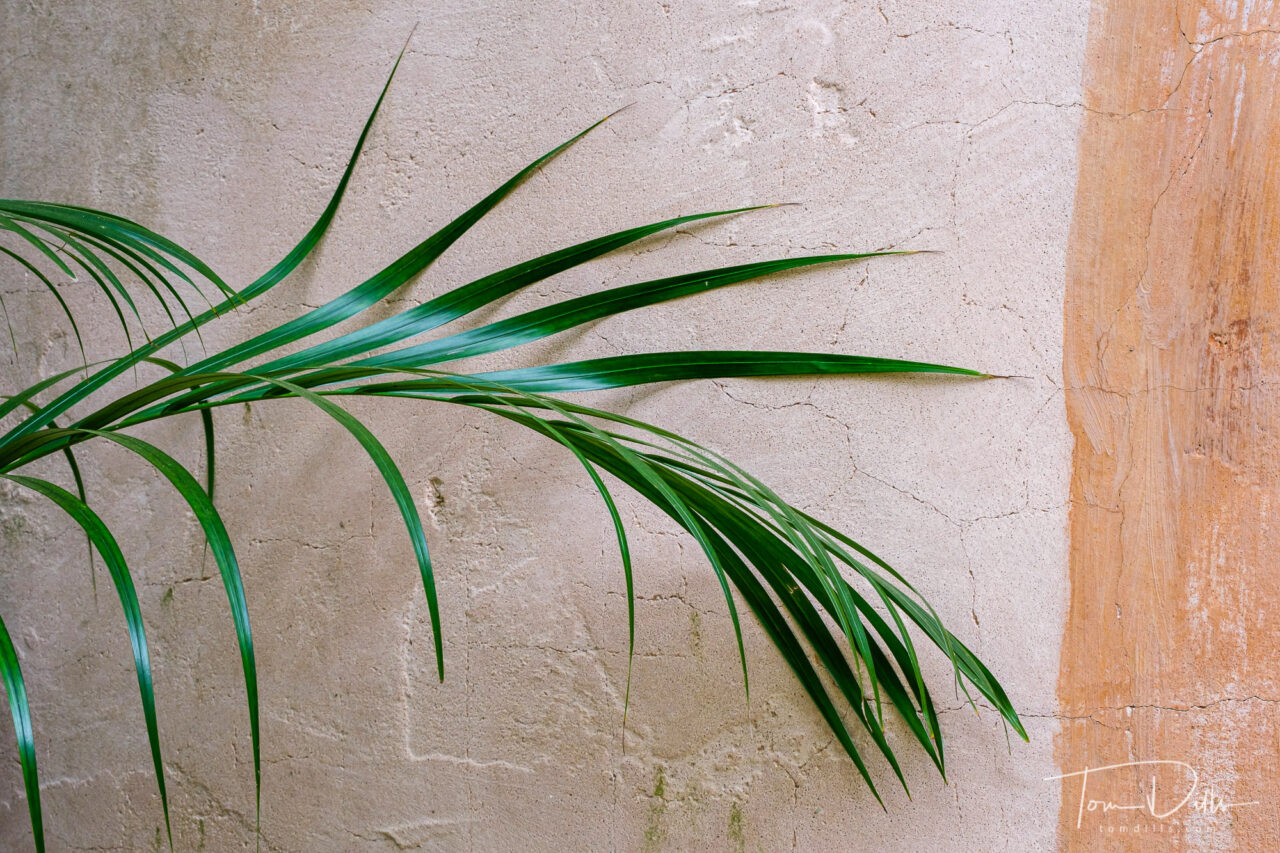
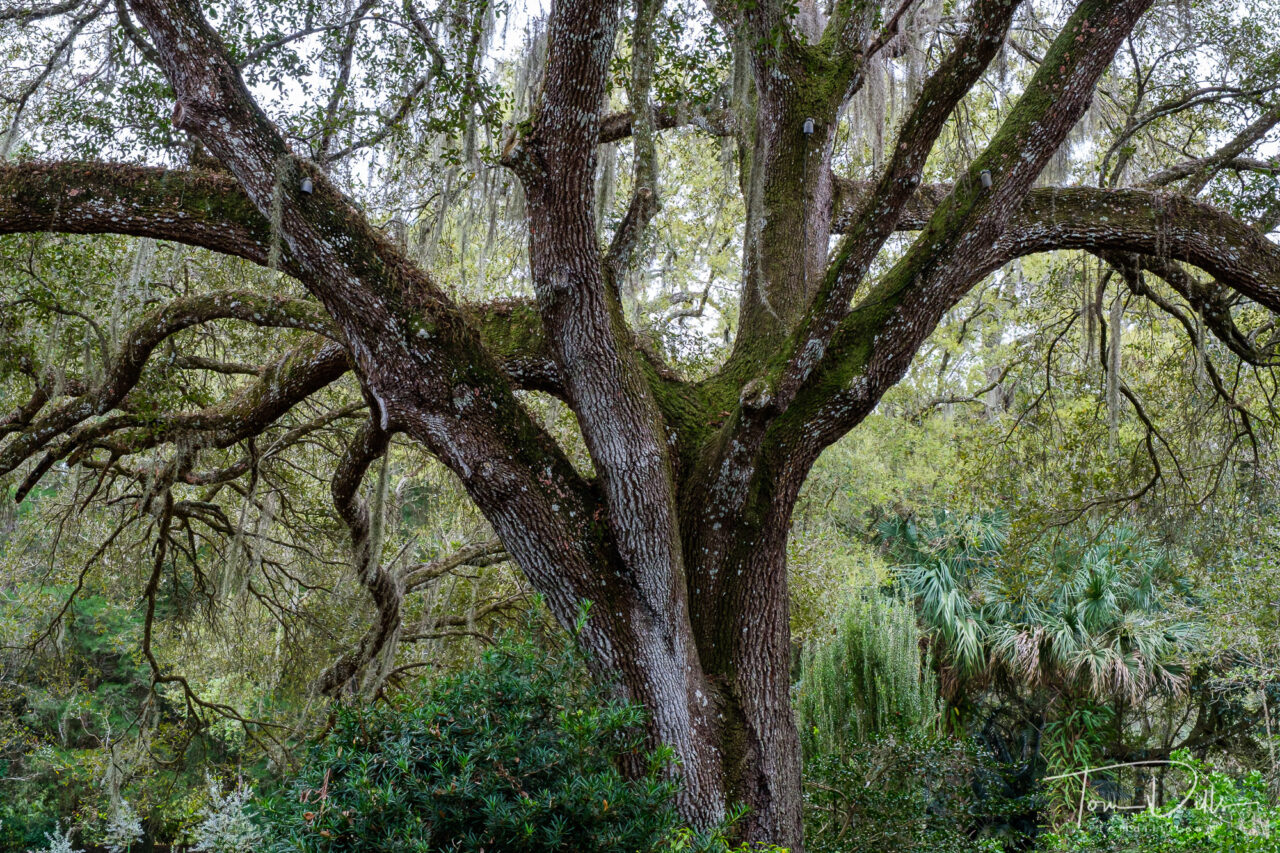
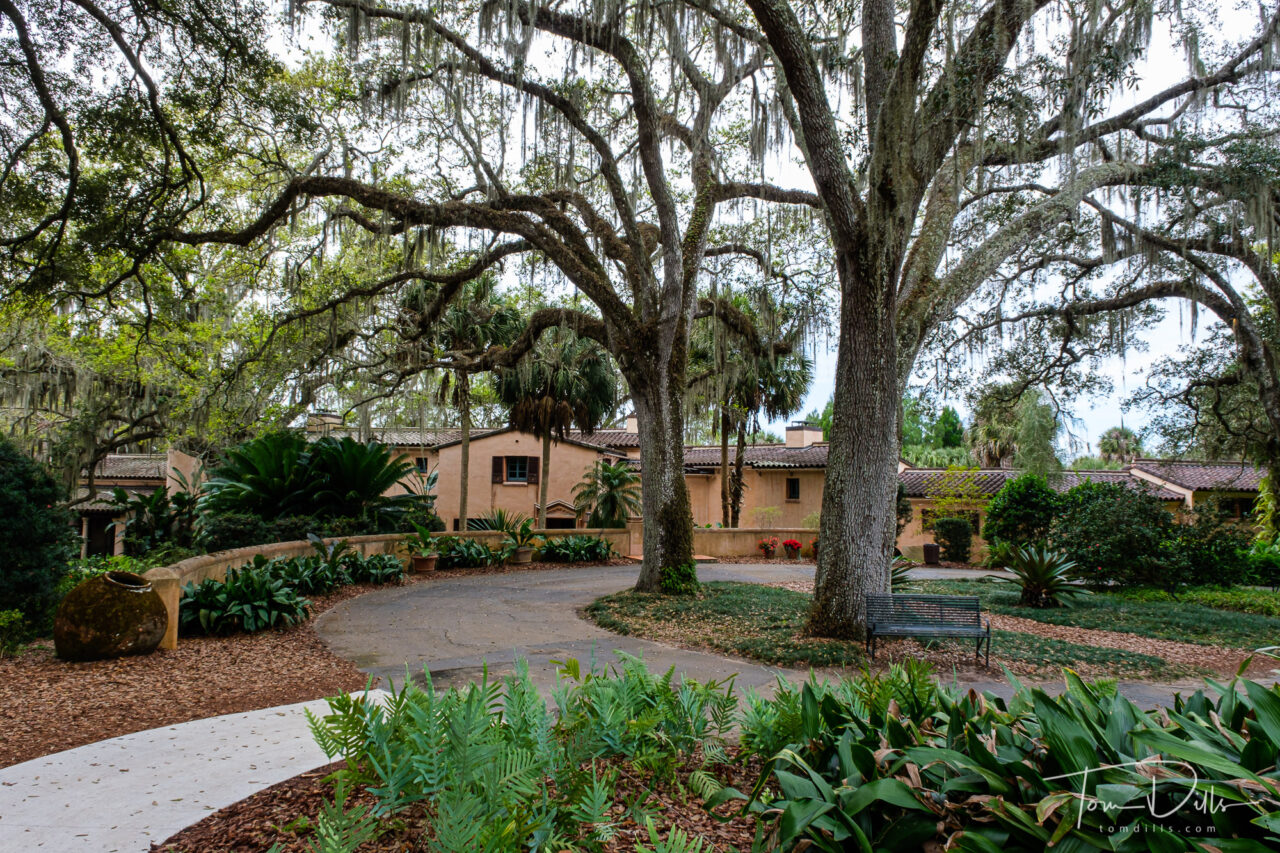
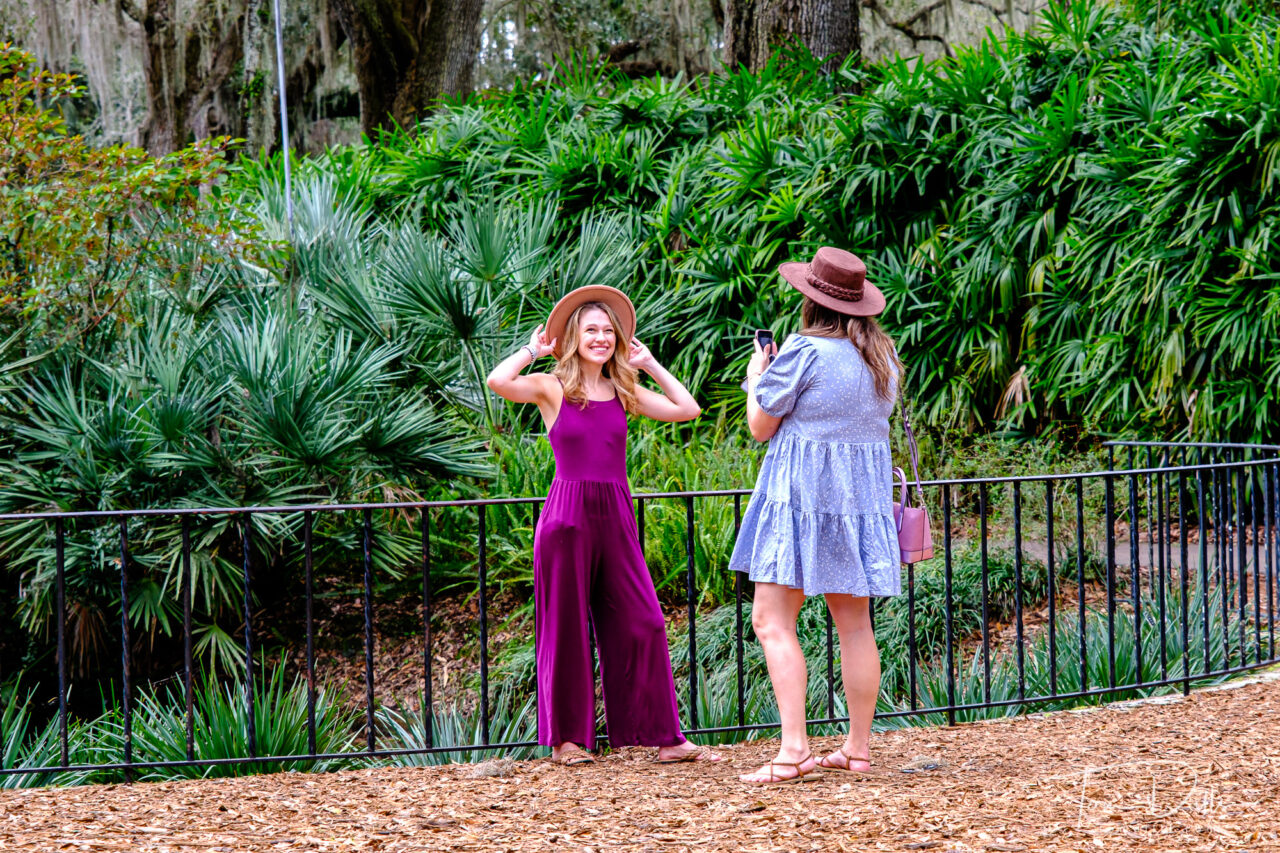
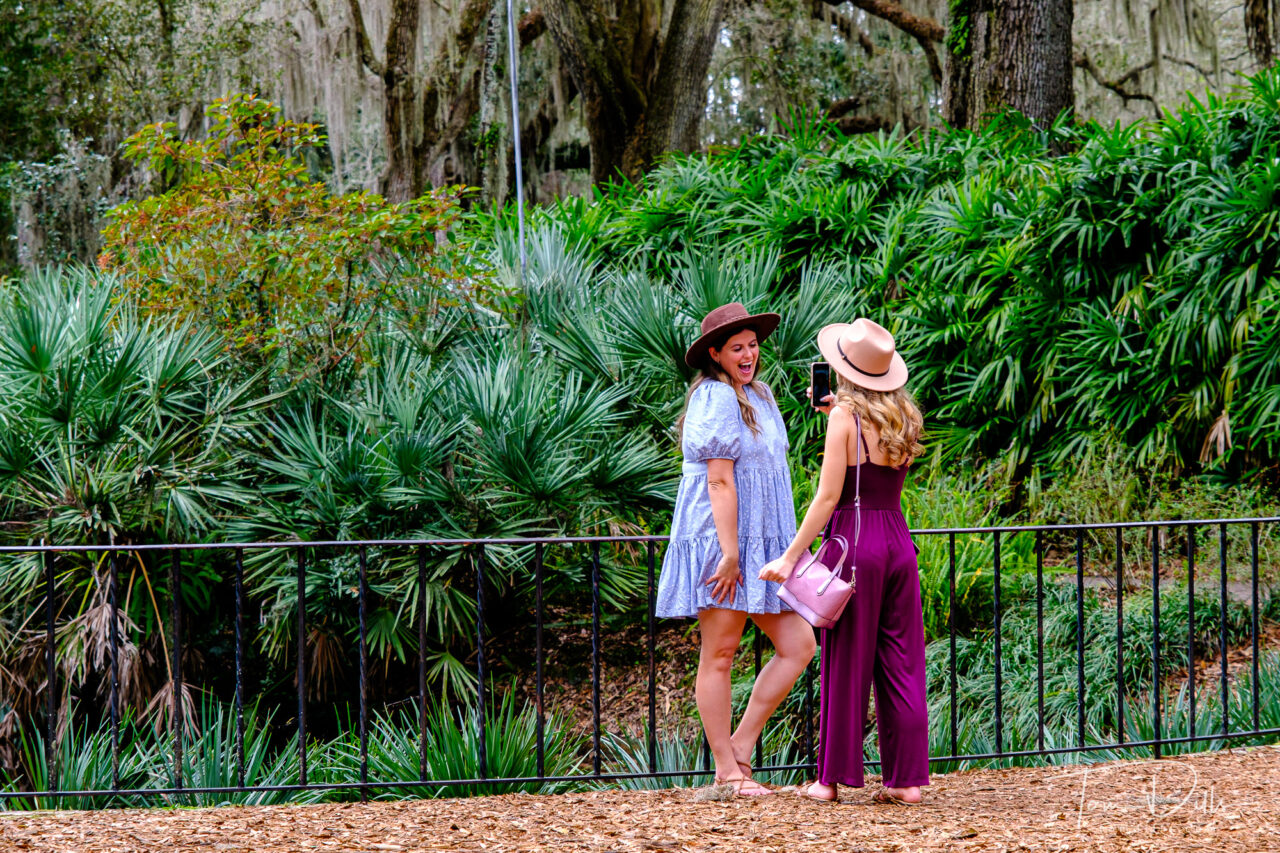
In 1925, Bok decided build a stone water-and-bell tower. He hired architect Milton B. Medary to design “the most beautiful tower in the world”. The 60-bell carillon occupies only the top of the Singing Tower, some of the rest contained large water tanks to irrigate the gardens, with Bok’s baronial study at the base. The 15-foot-wide moat surrounding the tower’s base now serves as a koi pond.
The Gothic Revival tower was built at the highest elevation of the site, south of a reflecting pool that reflects its full image. The tower is 51 feet square at its base, changing at the height of 150 feet to an octagon, with each of the eight sides 37 feet wide. It is built of pink Etowah marble and gray Creole marble, mined in Tate, Georgia, and coquina stone from St. Augustine, Florida.
The tower’s 60-bell carillon was cast by Taylor & Company, of Loughborough, England. The bell chamber is on the eighth floor of the tower, and just below it is a playing room that houses the clavier, or keyboard, that controls the bells. The bells are stationary, only the clappers move to sound them. The sixth floor is a studio for the carillon player. Recitals are given daily. We got to hear one of the recitals, with the carillonneur easily viewed via video feed to a sitting area within view of the tower.
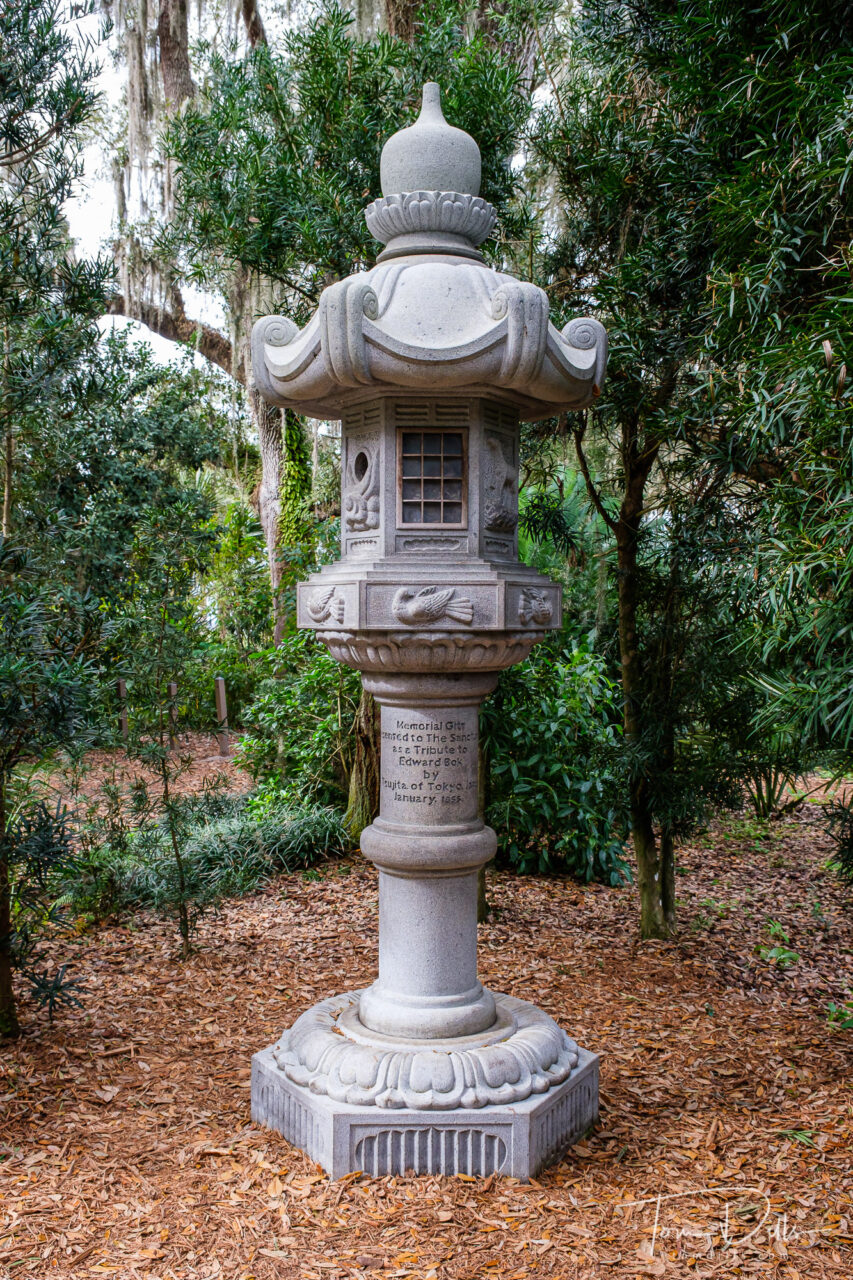
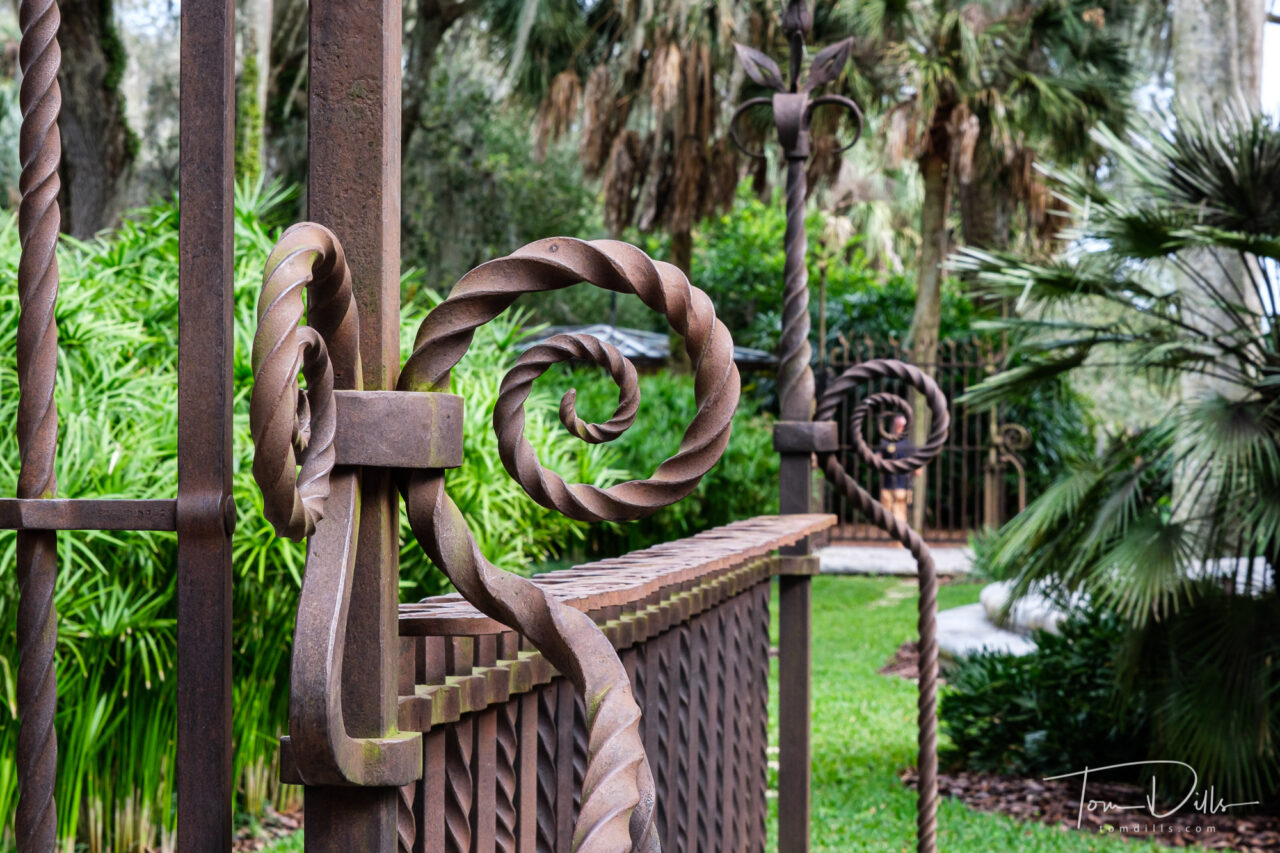
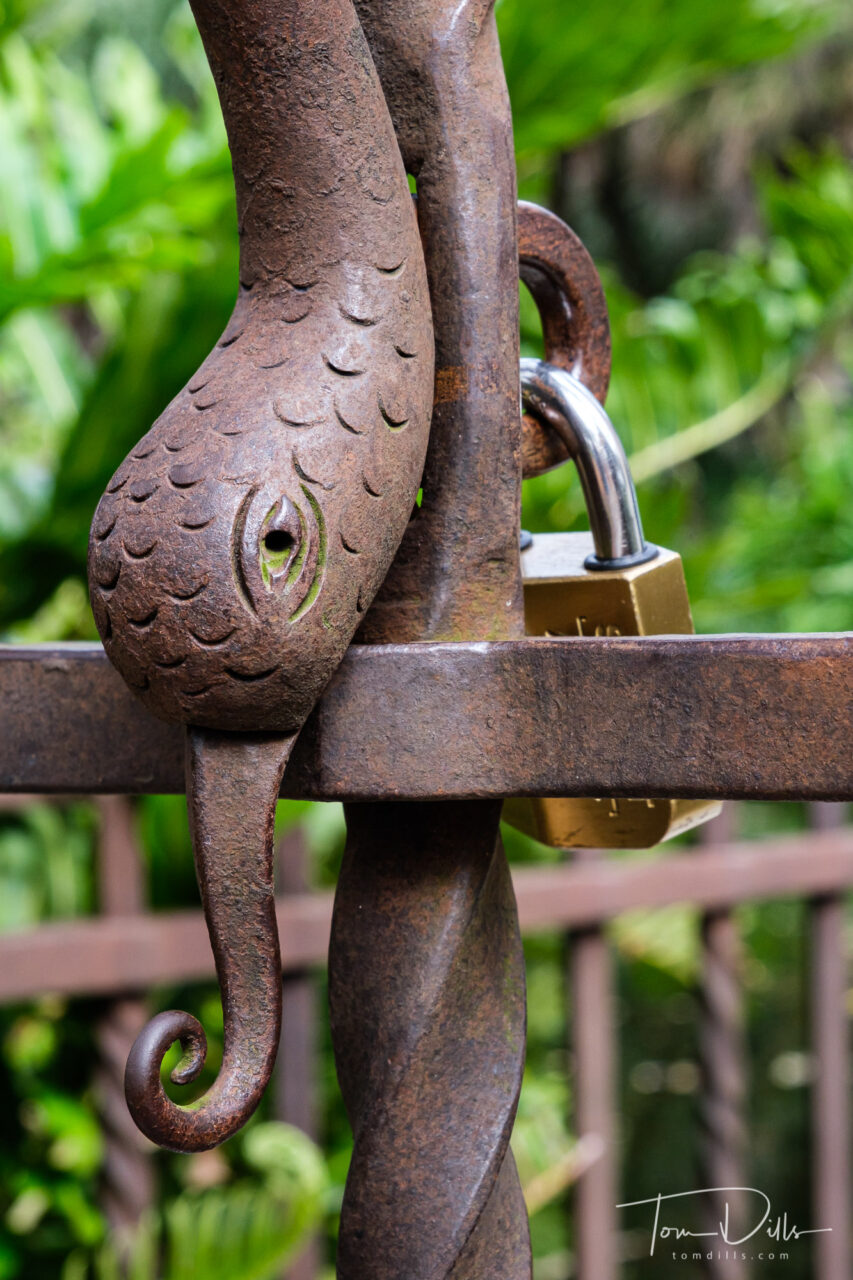
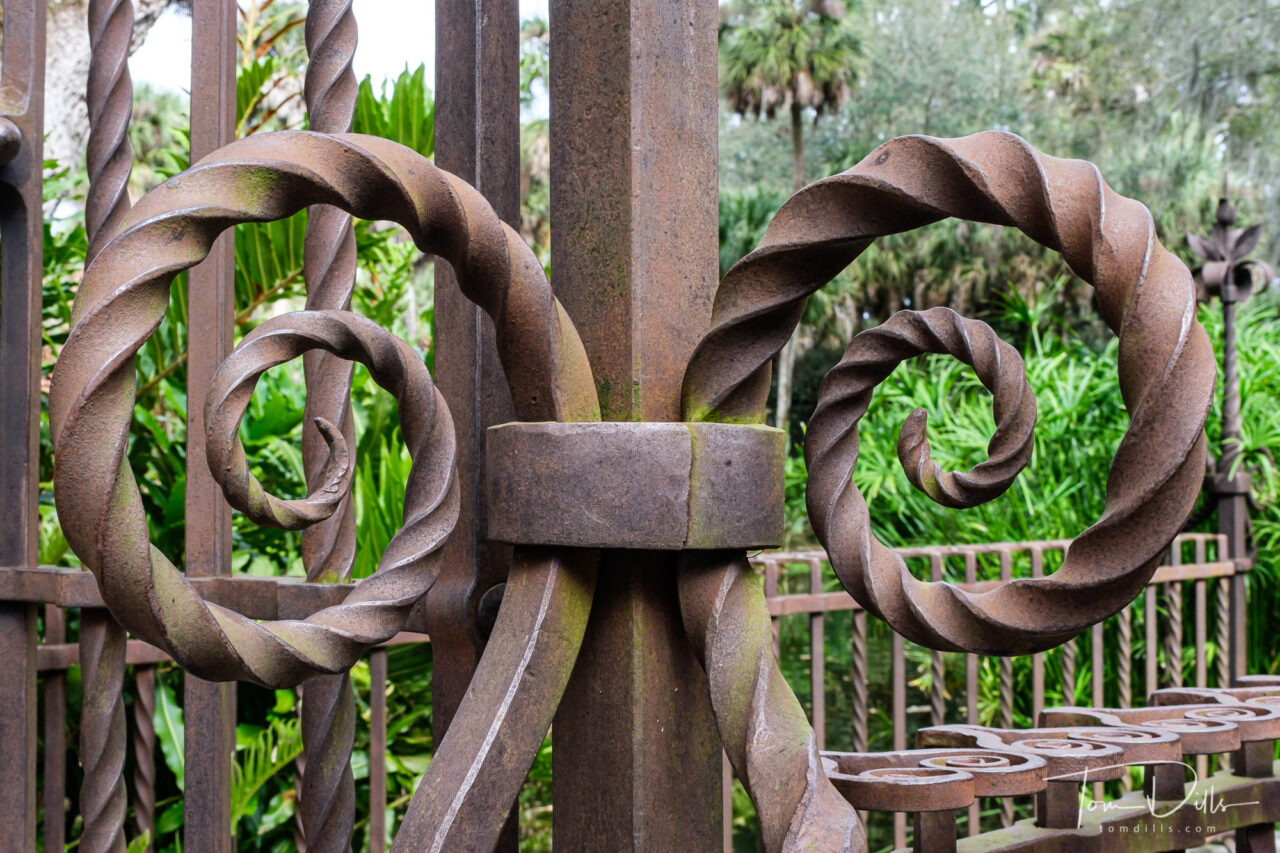
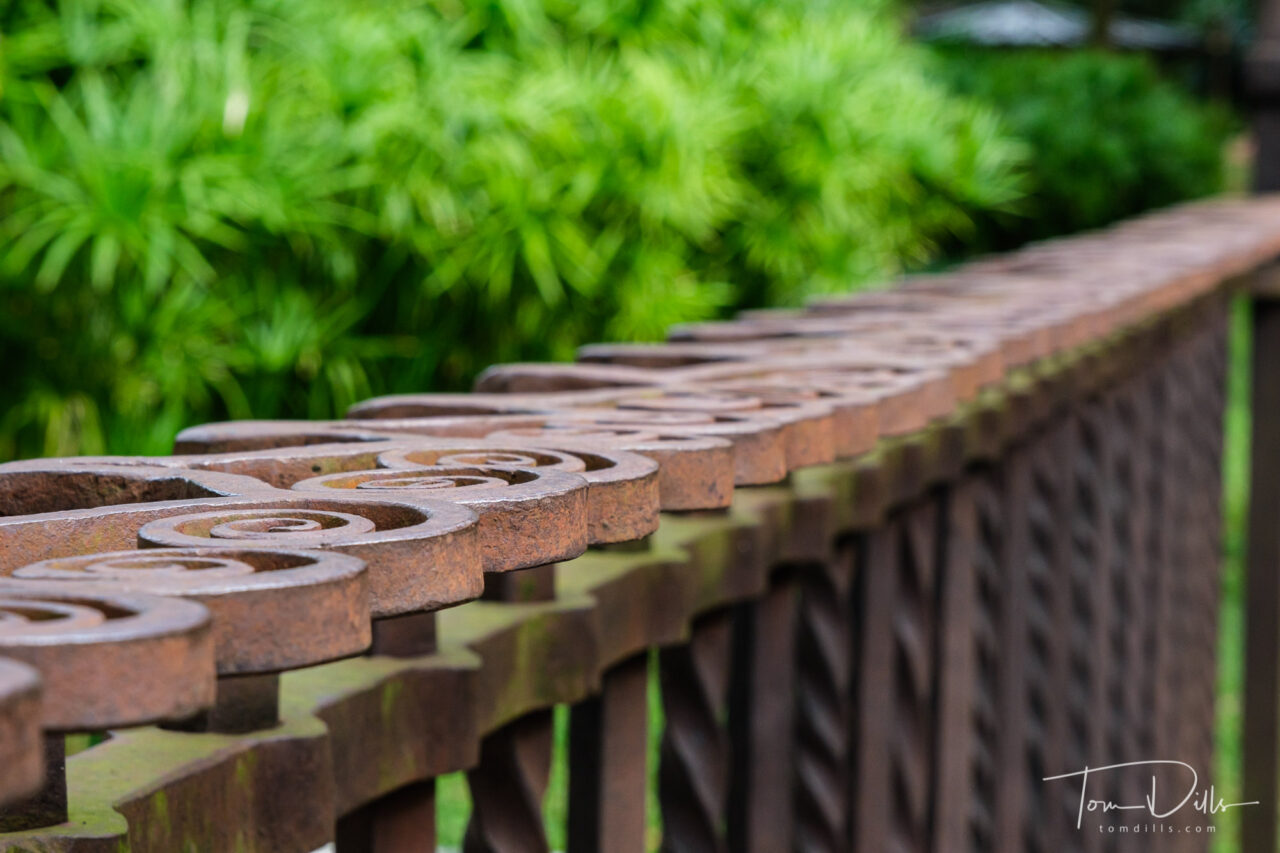
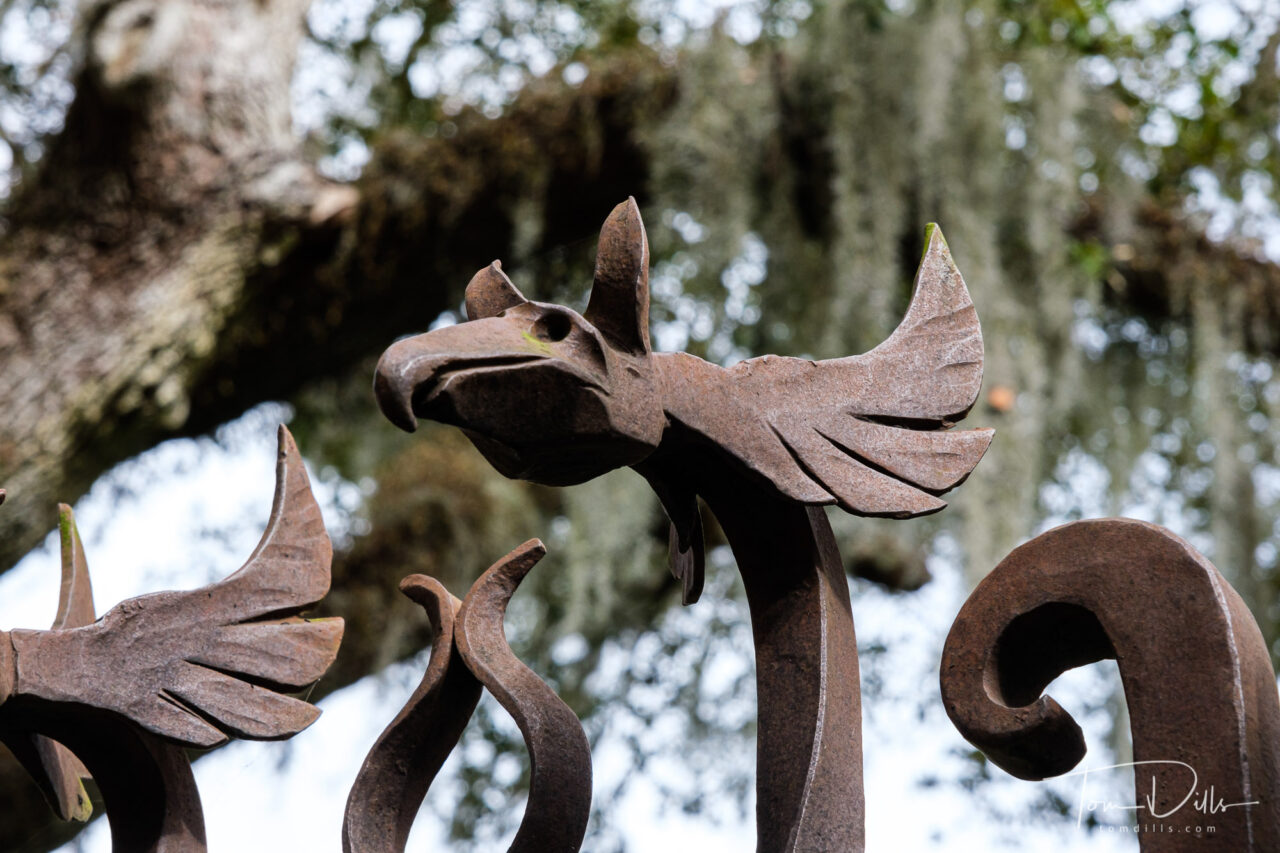
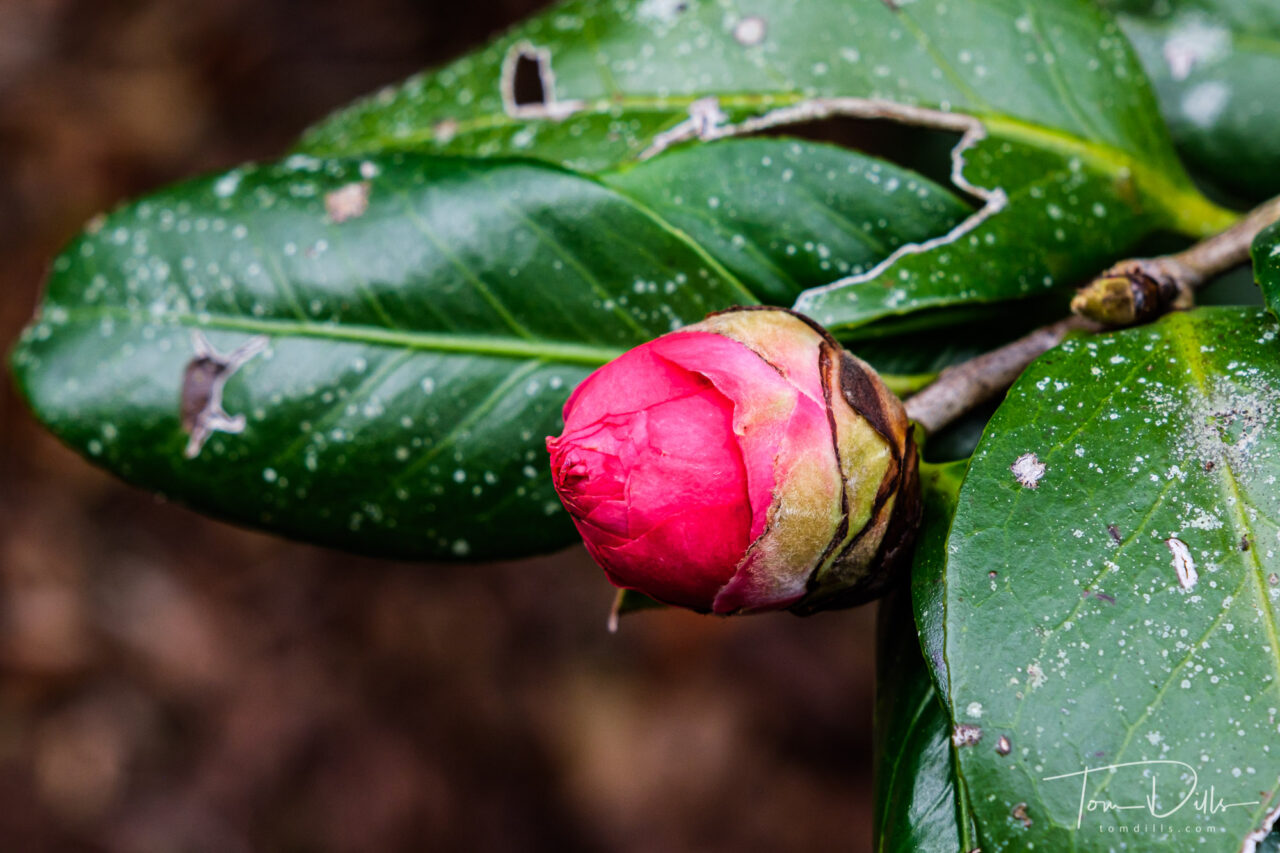

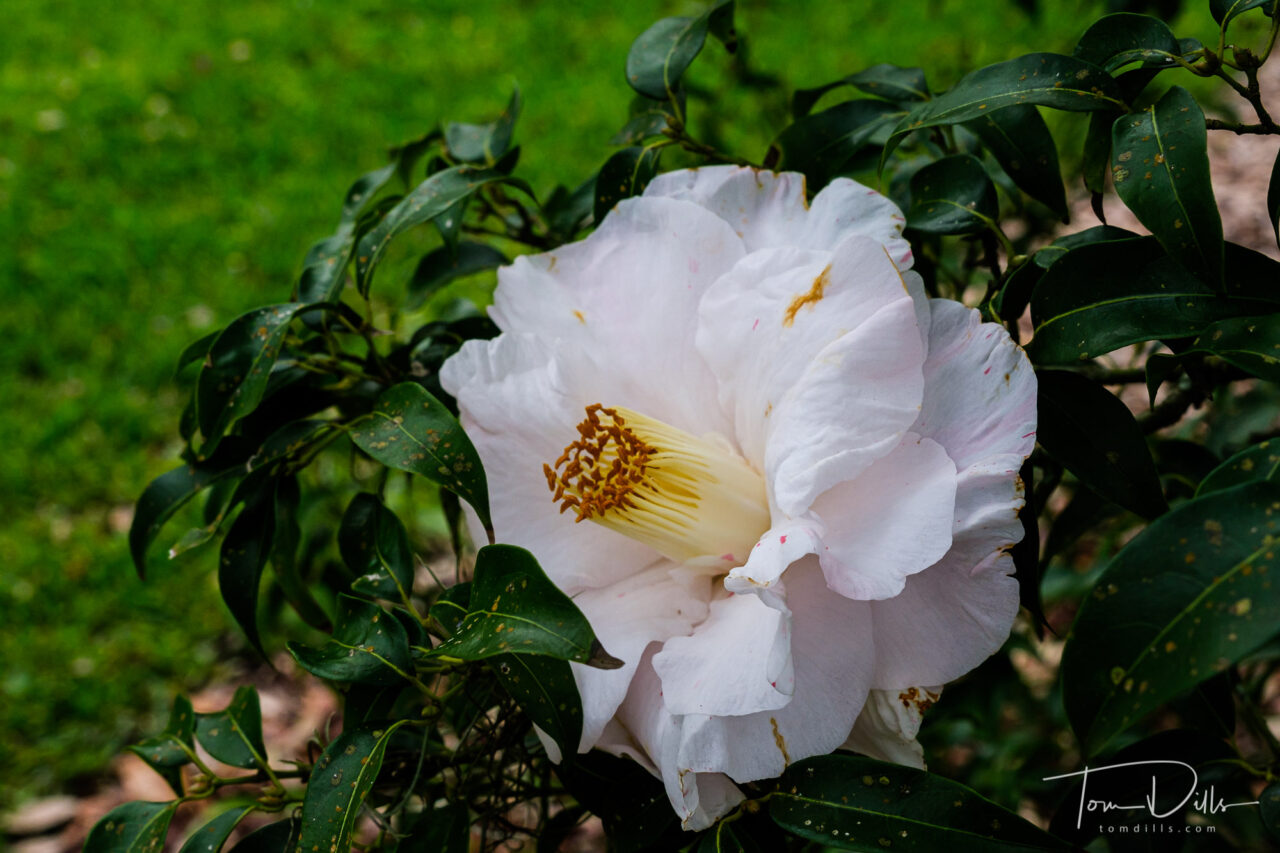
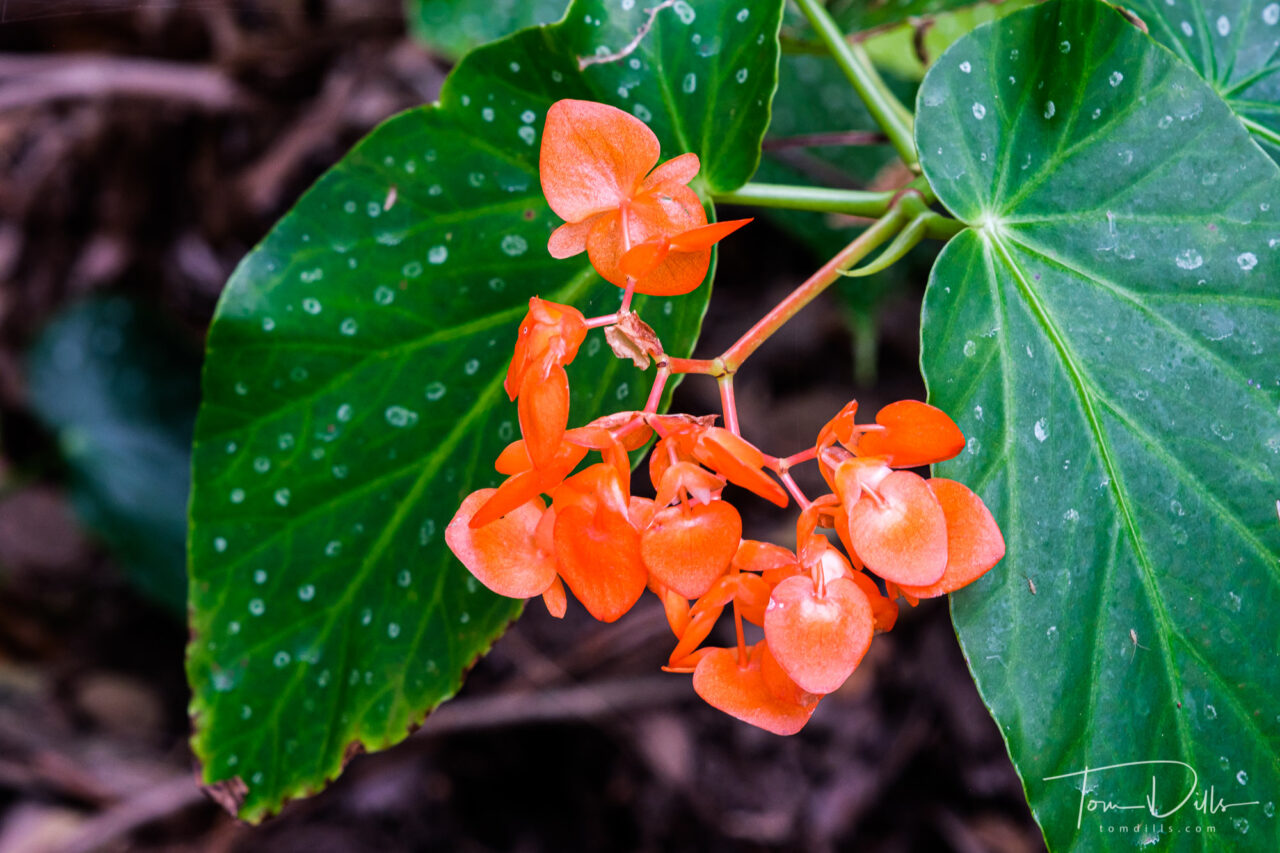
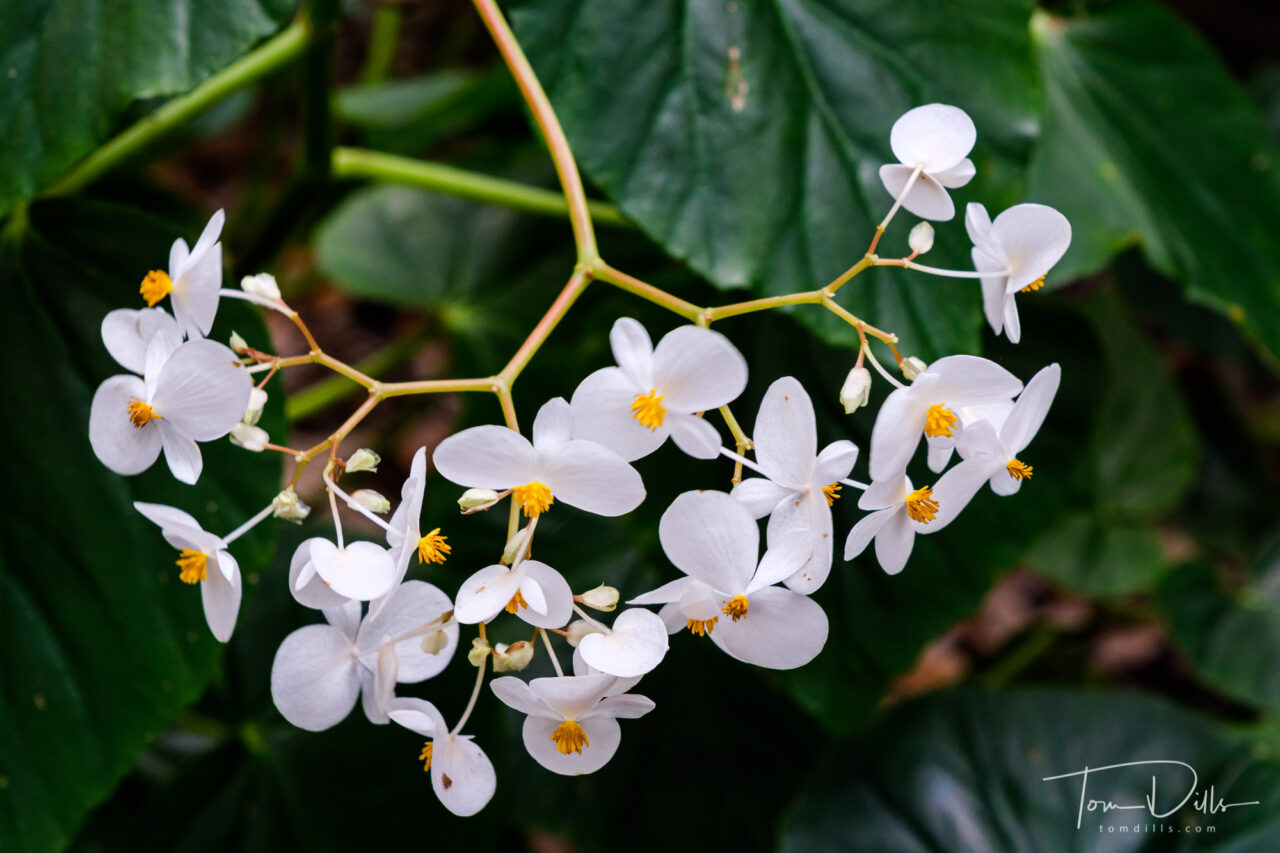
We were very thankful to have visited the tower and gardens on a day that was relatively cool, with low humidity. I can only imagine how warm and sticky it would get on a sunny day, especially in summer.
For anyone wishing to figure out the sundial, we visited on January 9. By following the instructions below the dial, it is pretty easy to calculate the (approximate) time. Yes, the answer can be found in my metadata (convert from GMT).
I haven’t felt especially wordy lately so I haven’t been posting much. But I did finish processing the photos from our recent visit to Florida. I have posted a gallery on Adobe Portfolio of a selection of all of my photos from this trip.


Wonderful image series, again. Almost don’t need words to accompany your images but I still love what you write.
You’re very kind, Monte. I do like to tell the story to go along with my photos and am very glad you appreciate both!
Quite a few classical musicians came out of the Curtis Institute including one of my favorite violinists, Hilary Hahn.
Thanks for this post, it’s an interesting place with an interesting history. I visited St. Pete in my 20s when some friends lived there and all I remember is they rolled up the sidewalks around 8pm. Lots of elders.
Yes, Curtis has an excellent reputation – right up there with Juilliard and Eastman. I had dreams of going there as an aspiring trombonist in western PA but could only manage a year at Youngstown State before turning to banking.
St. Pete is a pretty vibrant place now, although admittedly we weren’t out much later than about 9:00, so I can’t speak to the nightlife!
What a fantastic location to photograph and you really got a fantastic series of shots! I bet it’s easy to spend a whole lot of time there.
There were lots of things to shoot and I only scratched the surface. When the flowers are at their peak it would be even more beautiful (although a lot warmer!). It’s probably just as well that I travel with another person (or other people) which limits my time a bit. Although my stamina would still be a limiting factor!